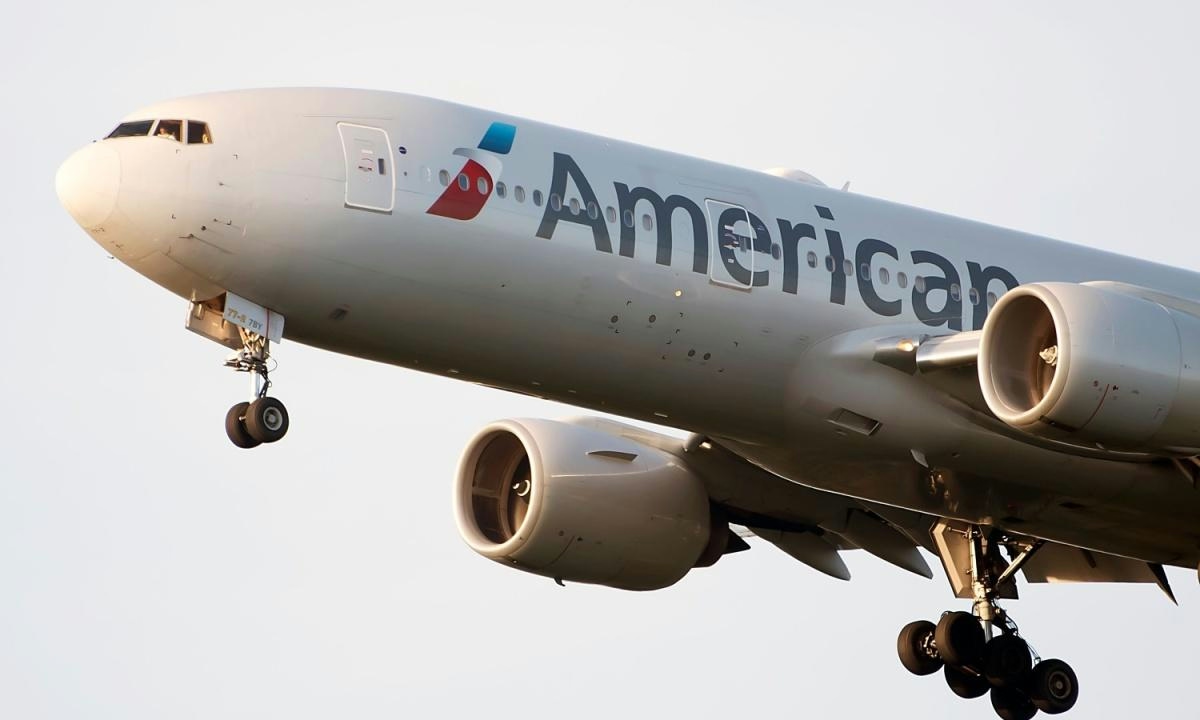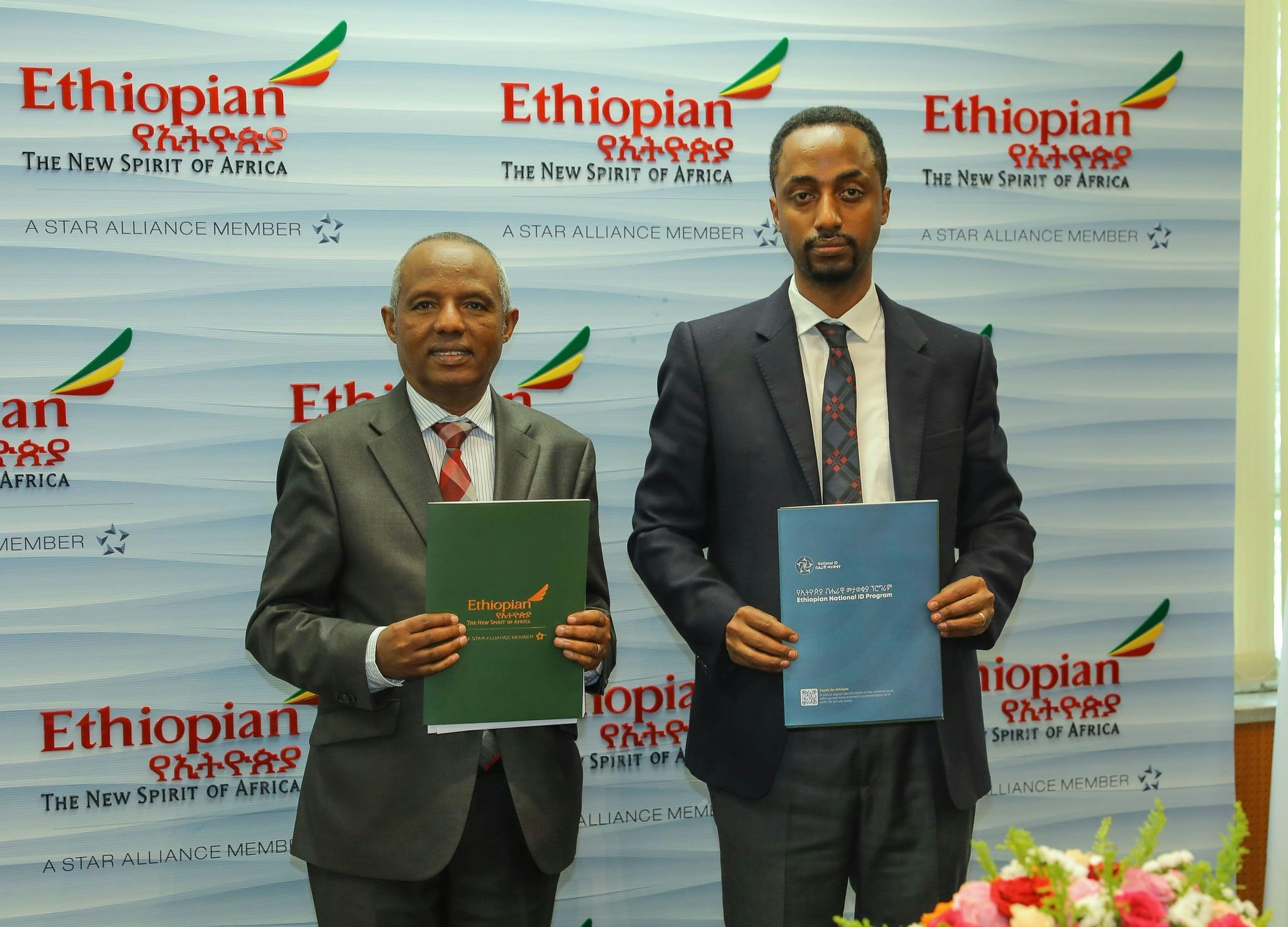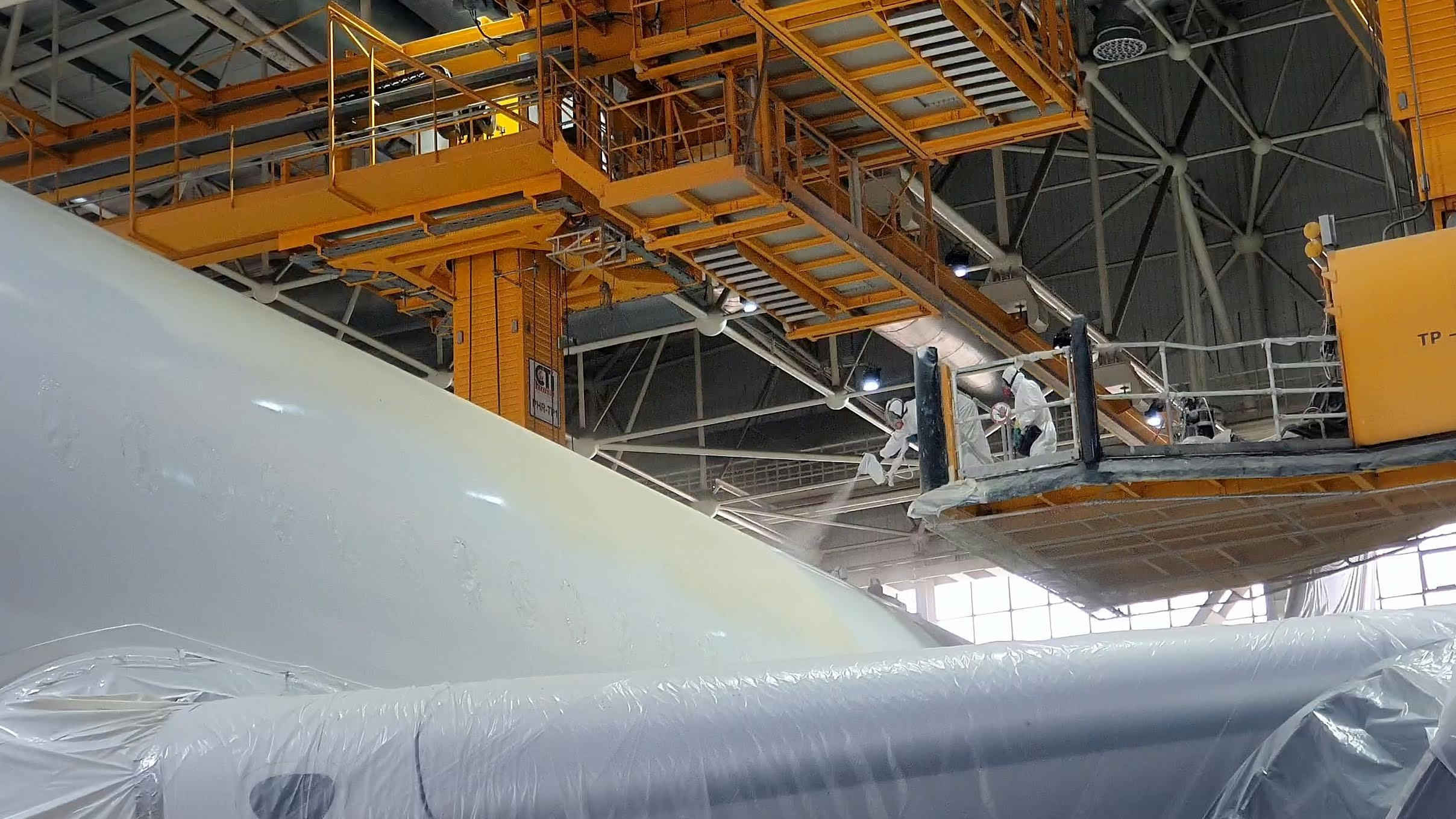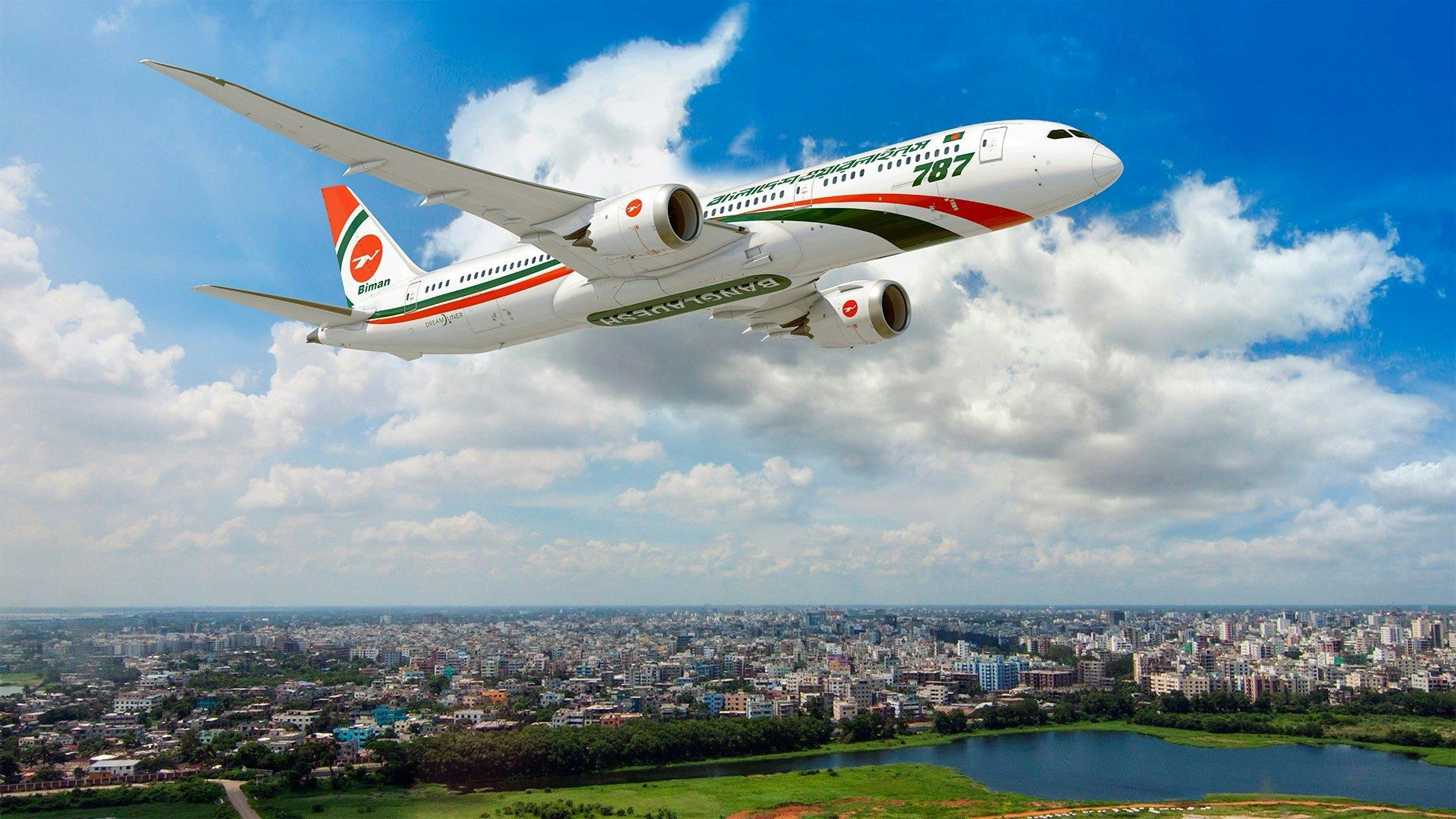
AeroGenie — Uw intelligente copiloot.
Trending
Categories
Enhanced Trent XWB-97 Engine Deployed in the Middle East

Enhanced Trent XWB-97 Engine for Middle Eastern Operations
Rolls-Royce’s Trent XWB-97 engine, renowned as the company’s highest-thrust and hottest-performing powerplant, faces significant operational challenges in the extreme climate of the Middle East. With an increasing number of airlines operating routes through this region, engineers have concentrated efforts on improving the engine’s durability to withstand the harsh environmental conditions characteristic of the area.
Addressing Environmental Challenges
A major concern for the Trent XWB-97 in the Middle East is the accumulation of desert sand and mineral dust, particularly prevalent at altitudes between 15,000 and 20,000 feet. Engine damage predominantly occurs during take-off and climb phases, when the engine operates at peak temperatures. According to Rory, an engineer at Rolls-Royce, dust particles are drawn into the engine core during these critical flight stages, where they are fragmented and subsequently melt onto the hot turbine blades. This molten substance, identified as Calcium Magnesium Alumino Silicate (CMAS), infiltrates the spaces between turbine blade components as they expand and contract with temperature fluctuations. Over time, this infiltration erodes the thermal barrier coating, resulting in increased maintenance requirements and greater aircraft downtime.
Innovative Coating Technology
In response to these challenges, Rolls-Royce has developed and rigorously tested a novel coating for the Trent XWB-97’s turbine blades. This advanced layer, composed of gadolinium zirconate, interacts with CMAS to increase its viscosity, thereby inhibiting its penetration into the blade material. This innovation significantly extends the lifespan of the thermal barrier coating, allowing for up to 30% longer intervals between maintenance cycles.
Rory emphasizes that the integration of this cutting-edge technology establishes a new benchmark for engine durability and efficiency in some of the world’s most demanding environments. Beyond enhancing the resilience of turbine blades against invasive particles, the improved coating also contributes to reducing operational costs for airlines by decreasing the frequency of maintenance and overhauls.
Industry Implications
Rolls-Royce’s advancement with the Trent XWB-97 underscores the company’s dedication to developing practical solutions for real-world aviation challenges. The initiative to produce more robust engines tailored for Middle Eastern conditions is prompting competitors to pursue similar technological innovations. This trend signals a broader industry movement toward enhancing engine durability to meet the demands of challenging operational environments.

American Airlines’ Plans for Artificial Intelligence

Ethiopian Airlines Collaborates with Nucore Technologies on Digital Initiatives

FAA Issues Airworthiness Directive for GE90 Engines After Powder Metal Contamination Found

Boom Supersonic Uses Jet Engines to Power Off-Grid AI Data Center

Flying taxis could take off this year in Florida

ASKY and TAAG Angola Airlines Establish In-House MRO Facilities to Support Fleet Expansion

Airbus to Release Audited 2025 Orders and Delivery Data on January 12

Biman Bangladesh Selects Boeing for New Aircraft Order

Amazon Cancels Italian Drone Delivery Plans Days Before Launch, Setback for U-space
